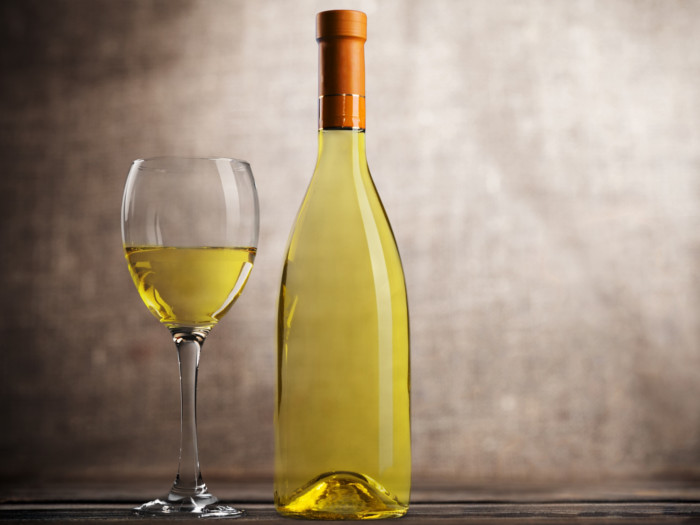Pinot Grigio is a popular and refreshing white wine that is enjoyed worldwide and may have some surprising health benefits for those who consume it in moderation.
What is Pinot Grigio?
Pinot Grigio is a white grape with a gray/brown skin that is closely associated with the white wine of the same name. This popular variety of white wine offers crisp fruity hints of lemon, melon, apple, and pear, as well as a sweet honey background. It comes with various levels of sweetness. On average, a glass of this wine contains between 140-170 calories. This refreshing yet fruity wine has gained popularity in recent decades and is considered an easy-to-drink crowd-pleaser, particularly in the summertime. However, the surge in popularity has also created a market for lower quality pinot grigios. [1]

White wines are often used as an apéritif before a meal. Photo Credit: Shutterstock
| Serving Size : | |
|---|---|
| Nutrient | Value |
| Water [g] | 86.98 |
| Energy | 83 |
| Energy [kJ] | 346 |
| Protein [g] | 0.07 |
| Ash [g] | 0.16 |
| Carbohydrate, by difference [g] | 2.06 |
| Alcohol, ethyl [g] | 10.7 |
| Sources include : USDA [2] | |
Types
As a popular and globally grown grape, there are numerous brands and nuanced styles of this wine. However, generally, you can place the different pinot grigios into three groups; mineral & dry, fruity and dry, or fruity and sweet. This variety tends to be dominated by dry wines, so if you want a similar wine made from the same grape that is slightly fruitier and sweeter than the average pinot grigio, try a pinot gris instead! [3]
Pinot Grigio Vs Pinot Gris
Although they are both wines of the same type of grape, there are some differences between these two types of wine.
Origin
- The name for pinot grigio originated in Italy.
- The name for pinot gris originated in France.
Variety
- The grapes for pinot grigio wines are harvested earlier than the grapes for pinot gris.
Taste
- Pinot grigio wines tend to be lighter, fresher, and crisper than the pinot gris.
- Pinot gris wines tend to be richer, sweeter, and spicier than grigios.
Food Pairing
Usually a neutral and light wine, this white wine won’t complement rich meat dishes, strong cheeses, or anything with strong spices. It is well-paired with softly herbed recipes, chicken, salads, vegetables, seafood, and fish dishes. It can also make a fun, summer-evening aperitif. [4]
Adverse Risks Associated with Alcohol Consumption: Moderation is key. The risks involved with drinking excessive alcohol can be short term such as violence and injuries to long-term health risks such as chronic diseases. [5]
